Curious Questions: When — and why — did we stop wearing hats?
The hat was once as essential for leaving the house as a pair of trousers, but the sight of a dapper gent sporting one is now all too rare, laments John F. Mueller, while Toby Keel takes a look at the reasons we stopped wearing them.


When my late grandmother was a girl, she was most impressed by the only commuter in the village because of the hats he wore. She was used to seeing men wearing tweed caps or going to Newmarket or to church in a trilby (interesting that the races and God warranted the same hat). However, the gentleman she remembered especially had an additional set of headwear that was necessary to go ‘up to’ London: a stiff and very formal black hat, possibly a Homburg or a bowler.
Until relatively recently, it was unthinkable to see anyone outdoors without a hat and your choice of headgear said as much about you as a person as it did about what you were getting up to. Hats — for both men and women — are primarily mundane and practical. They protect your head from rain, sunburn and dirt. In an age of Friday-only baths, they also protected the onlooker from seeing your greasy curls. National stereotypes are positively riddled with hats: as much as the broad-brimmed cowboy Stetson says ‘American’ and a sombrero indicates a Mexican, the bowler hat remains, to this day, the symbol of the British male.
So why did we — and particularly men — stop wearing hats on a regular basis? Look at a photograph of a British street in the 1920s and every head you'll see will be clad in a hat.
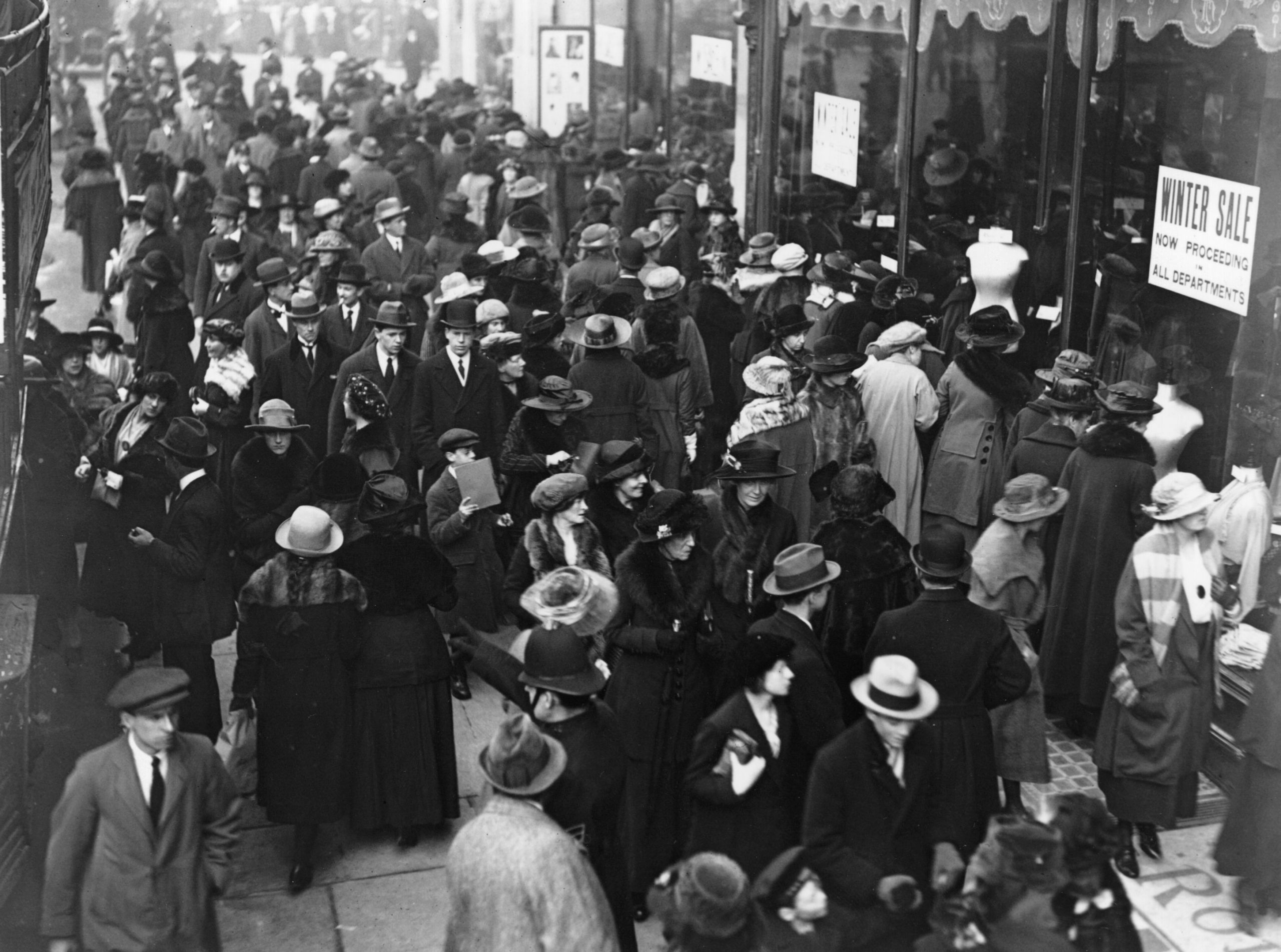
A similar scene from the 1950s usually shows a mix of the hatted and the hatless.
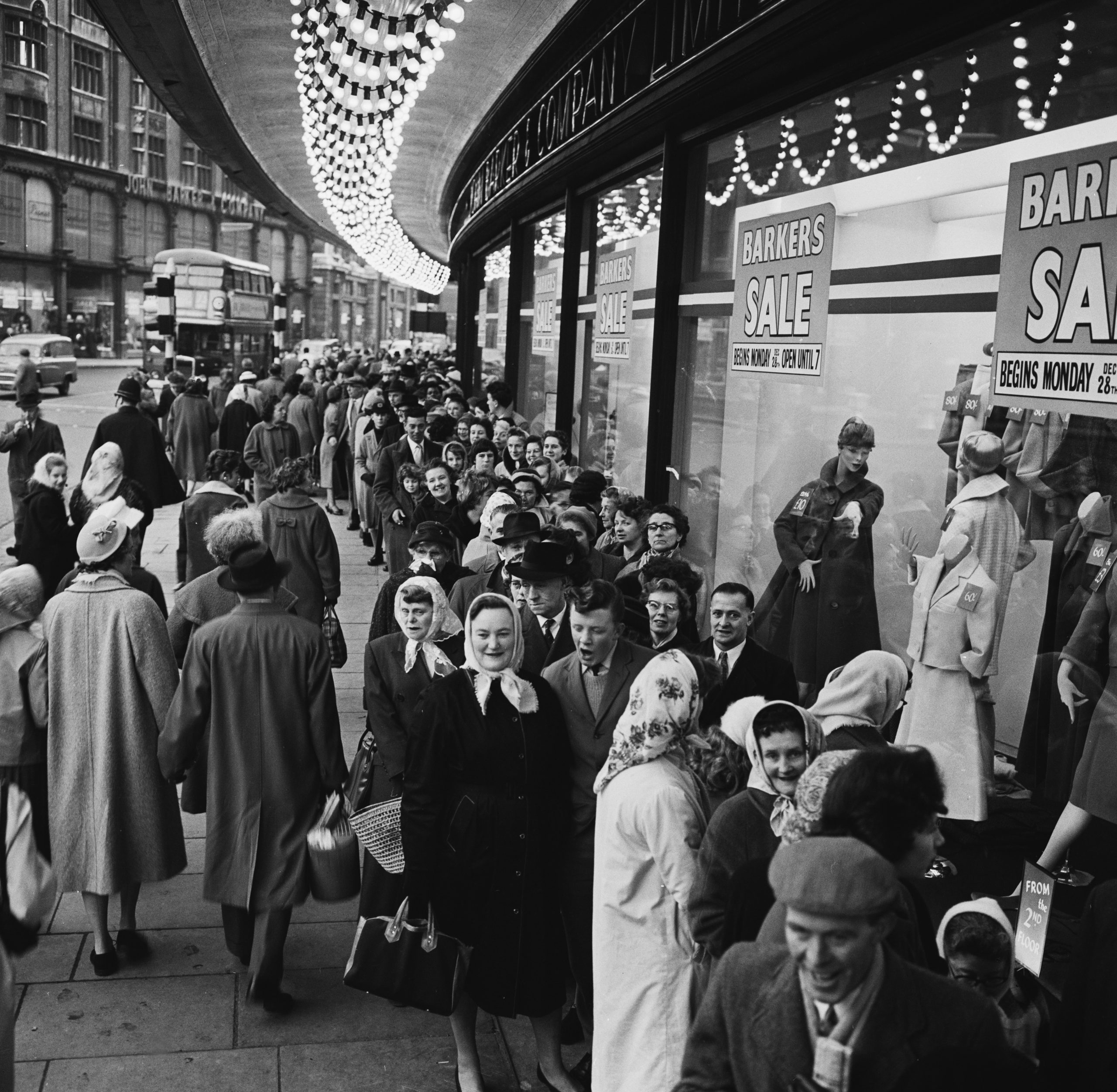
And by the 1970s, you're lucky to spot a single hat at all.
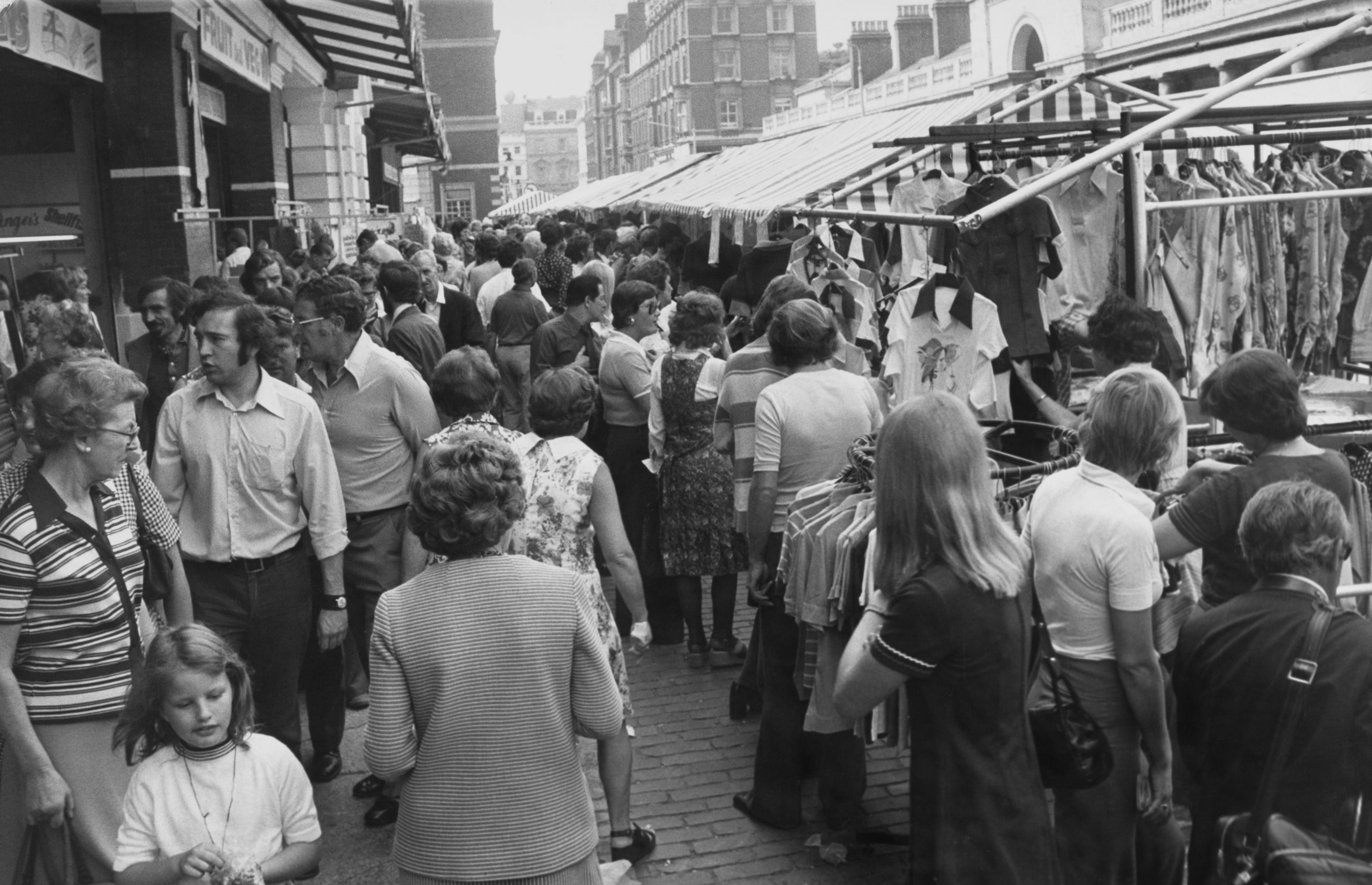
So what happened? There are a number of theories, the most oft-repeated being that US President John F. Kennedy, a non-hat wearer, popularised going without a hat; though as you can see from the 1950s scene, the decline was clearly under way already. The same can be said to rebut those who argue that it's merely a fashion trend linked to the new hairstyles and clothes of the 1960s and 1970s.
It's also been suggested that the rise of the motor car and the introduction of heating on public transport meant that hats were far less necessary than they had been. This seems to have some merit, particularly since it's generally impossible to wear a hat of any serious height while inside a car.
Exquisite houses, the beauty of Nature, and how to get the most from your life, straight to your inbox.
Others, though, point to the impact of the war: after years of enforced hat-wearing, many servicemen (both during the war and among those of the National Service generation) were said to have sworn off headgear once they'd been demobbed. The most likely answer is that it's simply a combination of all of the above, which is the impression formed by The Guardian's piece a few years ago in which they invited suggestions from readers about the decline of hat wearing.
Whatever the reason, one could argue that men’s fashion has been permanently impoverished since we stopped wearing hats on a regular basis. Worse still, it has left us naked in public. In the Middle Ages, there were laws that required the wearing of hats and, over the ensuing centuries, British innovation and sense of style gave the world some of its most iconic examples. This then, as a 1940s advert stated, is a rallying cry to all you chaps (and ladies) out there: ‘If you want to get ahead, get a hat!’
Given our long love affair with headgear, it is no great surprise to learn that Lock & Co Hatters of St James’s Street, London SW1, claims to be the oldest shop in our capital. In 1800, soon-to-be Admiral Viscount Nelson ordered a ‘cocked hat and cockade’ from Lock & Co. Arguably, its best-known creation was the bowler, although this was never intended to become the emblem of the city gent, being originally destined for the north Norfolk coast. Edward Coke, younger brother of the 2nd Earl of Leicester, had briefed the Bowler brothers, then working at Lock & Co, to design a hat suitable to be worn by the gamekeepers on the Holkham estate. In 1849, they created a brown ‘coke’ as a result, which only later gained popularity as a black ‘bowler’. Figures including Charlie Chaplin, Liza Minnelli, John Steed, Laurel and Hardy and Mr Benn are all easily recognisable, partly due to their bowlers.
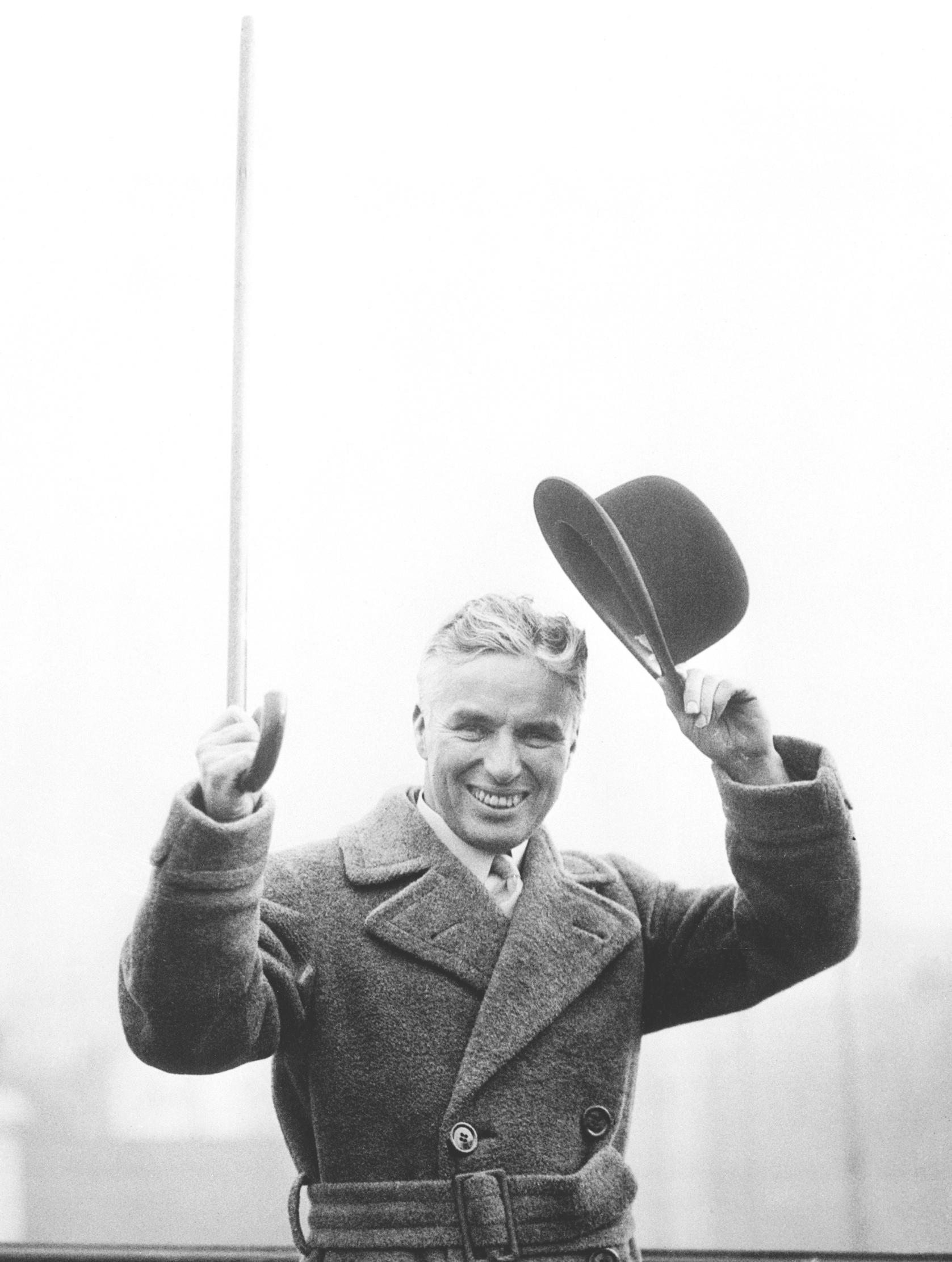
Today, we usually associate country pursuits with an item of tweed headwear, most likely a flat cap. When the current shape of this hat was developed is unclear, but we do know that an Act of Parliament in 1571 was passed to support the wool trade, requiring every male over six years of age to wear a wool cap on Sundays and holidays.
Only the aristocracy was exempt from this and the cap gradually developed into a working-class icon, until the then Prince of Wales (later Edward VIII and the Duke of Windsor) began sporting it as part of his more relaxed country look. Where His Royal Highness went, millions of dapper chaps followed.
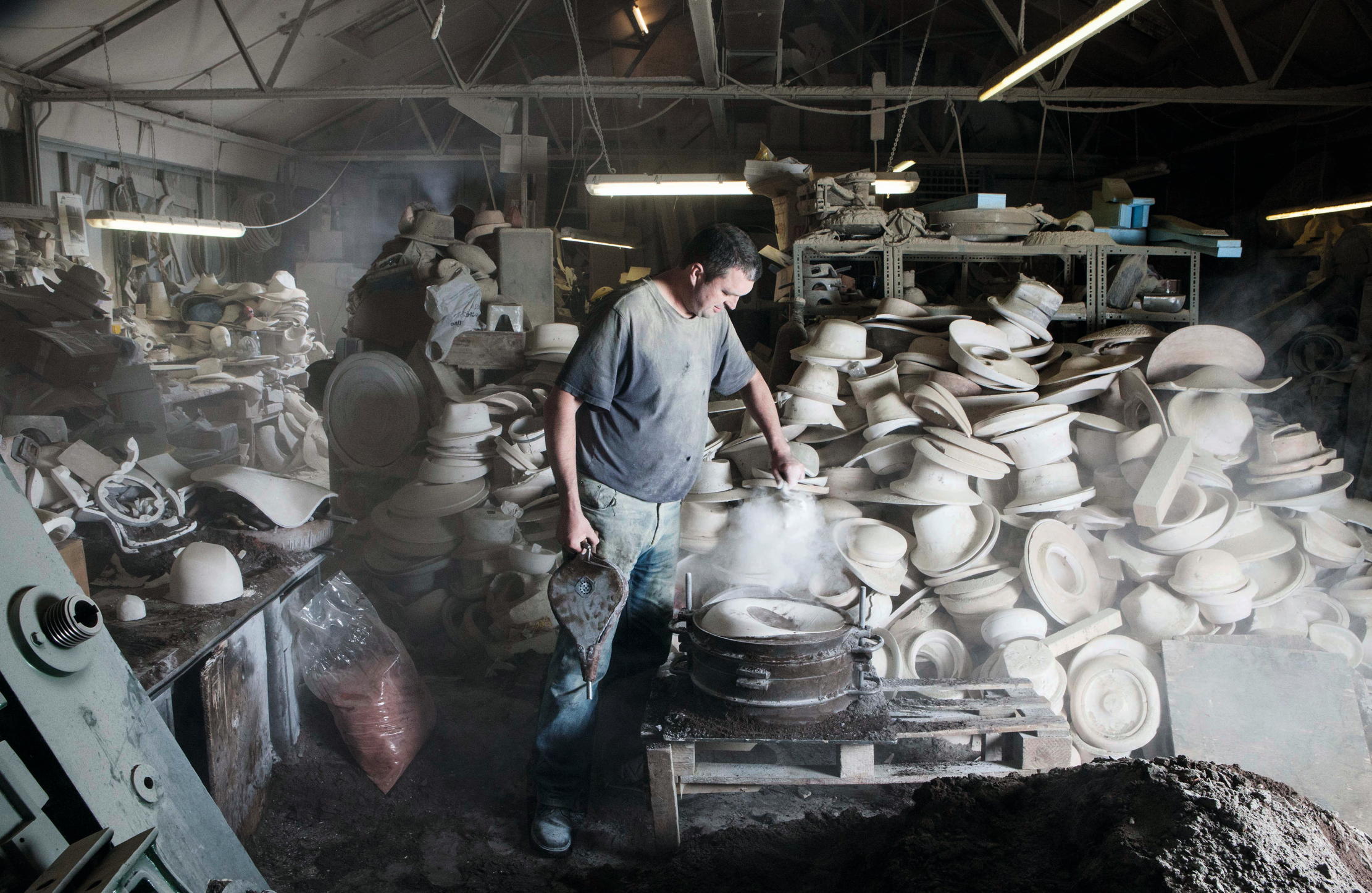
Tweed was never, ever seen in London and Sir Arthur Conan Doyle didn’t intend his creation Sherlock Holmes to wear a deerstalker. It was only in a single illustration — witness the impact of the right hat — in which Holmes and Watson sit in a rural railway carriage, that the consulting detective wore such a garment. We therefore have the artist Sidney Paget to thank for Holmes’s trademark look, originating in The Boscombe Valley Mystery. More correctly, as other images by the original illustrator indicate, Holmes wore a top hat in London.
No one is suggesting that we should revert to wearing top hats in the City, but perhaps we could begin by wearing them at weddings again — not jammed on the back of the head like the Artful Dodger, but placed firmly on the crown, parallel to the floor, the brim practically slicing the forehead in half. What more gentlemanly and warm gesture could there be than the respectful doffing of a hat, in this case towards the bride and groom post-nuptials?
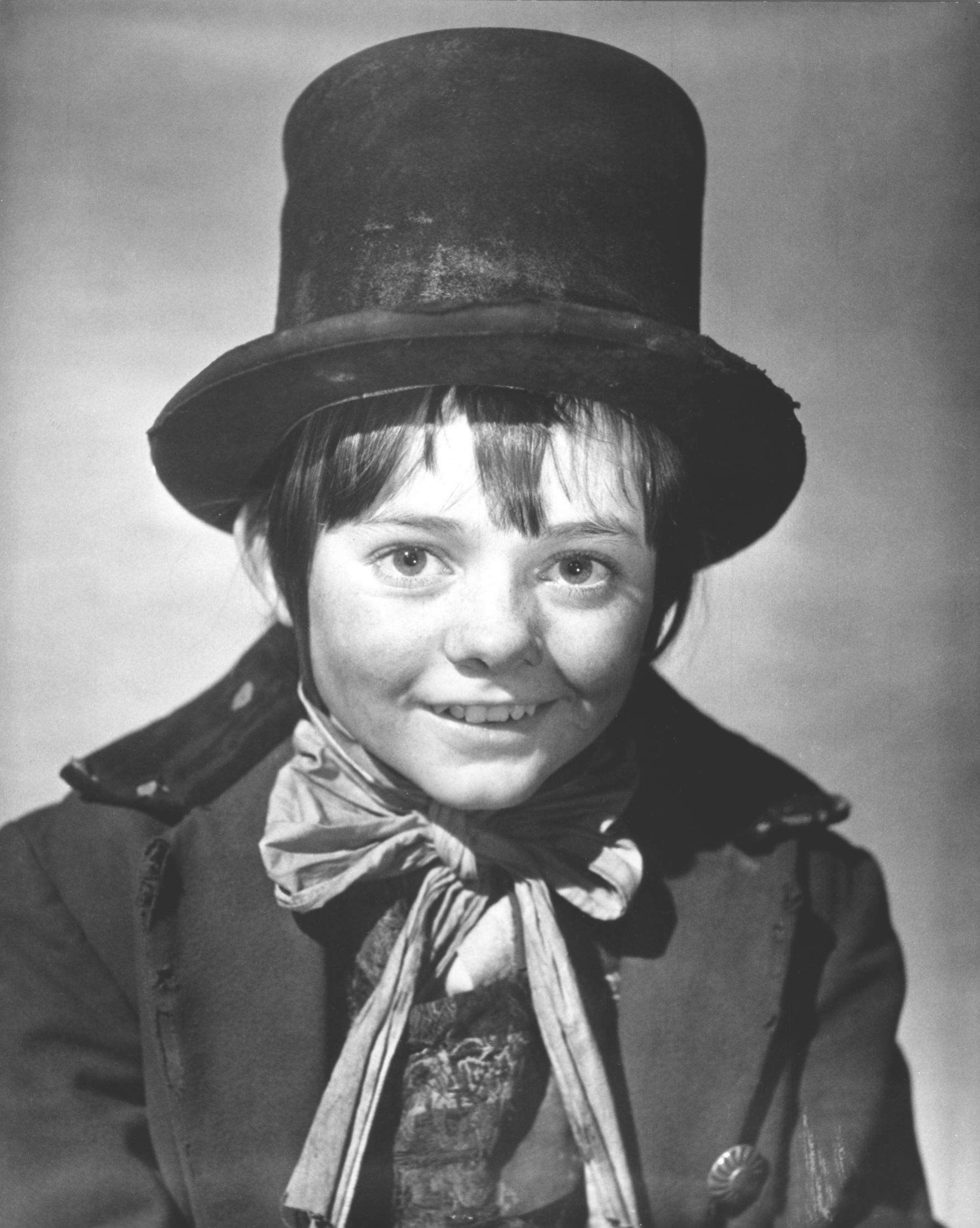
At our universities, the practice is still very much in evidence on graduation days and at other important ceremonies — only slightly hampered by the fact that mortarboards and doctoral bonnets are rarely stiff enough to allow for a swift replacing of the hat onto one’s head post-doffing. And here is the key to wearing a hat successfully. Yes, it may seem a flamboyant gesture in today’s world, but the idea is to sport it in a most natural and graceful manner, rather than to perform elaborate rituals with it in the manner of an Anglo-Catholic’s biretta permanently hampering the celebration of Mass. When you enter a closed space — especially if you may be starting a conversation with, say, a shop assistant — take it off; when you leave the building, put it on. Touch the hat in greeting. Don’t wear brown in town. Perhaps opt for grey for urban wear, rather than black, which may look a bit severe and funereal.
A hat need not, however, be a symbol of conformity: in the words of Bob Dylan, the times, they are a-changin’. From its inception in the mid 19th century, the pork pie hat — so named because of its resemblance to said dish — had long been worn by smart London gentlemen. Yet, in the 20th century, it gradually became associated with gangsters in a certain type of Hollywood film. By the middle of the last century, it had turned up in Jamaican street culture and, from there, eventually made its way back to Britain via the Windrush generation.
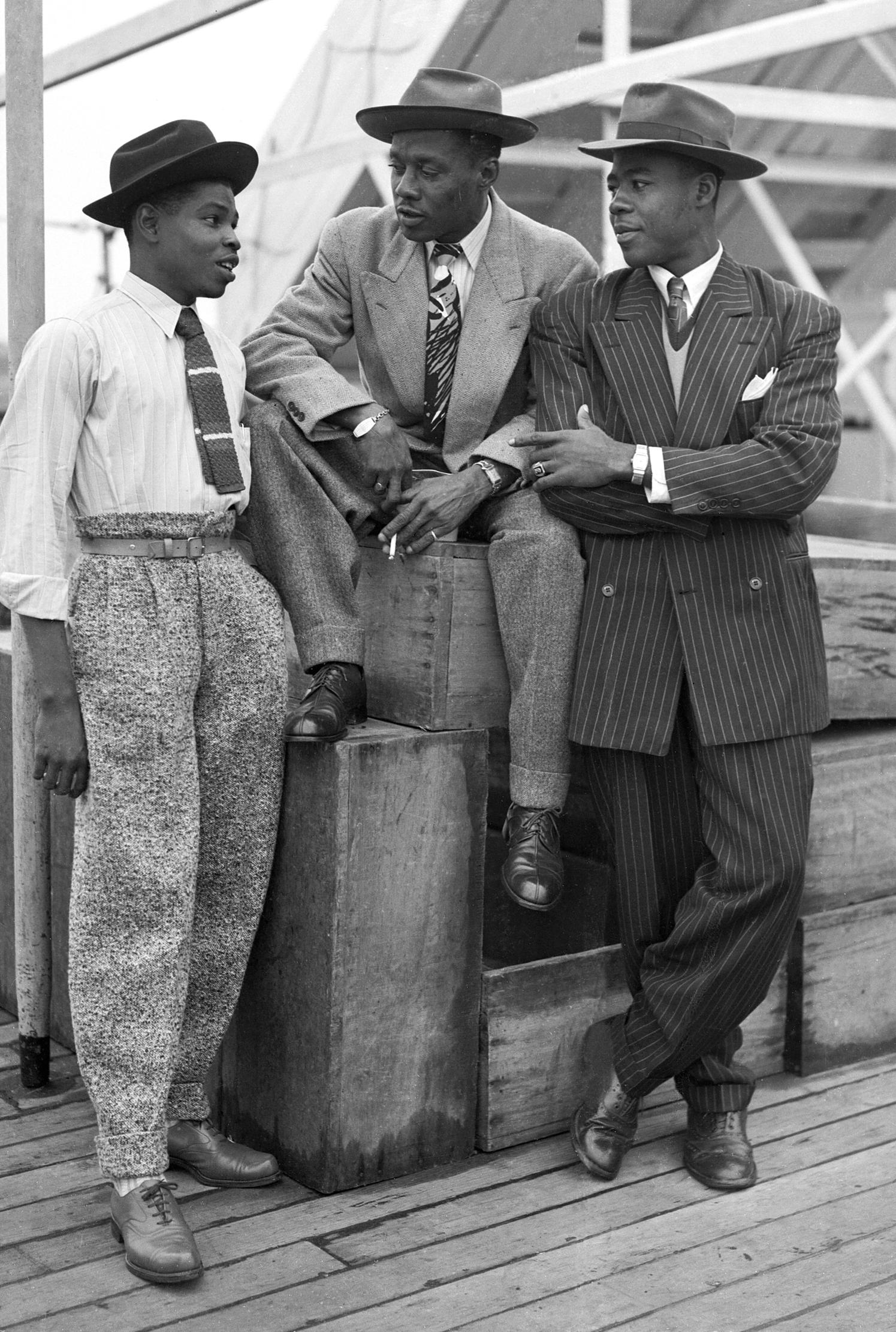
Even Sir Winston Churchill’s favourite Homburg raised eyebrows when it was introduced to Britain. The future Edward VII spotted the hat, originally intended for hunting, during a rest cure in the spa town of Bad Homburg in Hesse, Germany. Resembling a bowler with a pleat along the centre, it was quickly adopted by those wishing to be as fashionable as the Prince of Wales and gradually replaced the top hat as a less formal option. Dwight E. Eisenhower was the first American president not to wear a top hat for his inauguration, in 1953 — he opted instead for a Homburg.
Hats are not only for the cold and wintry months. Another US president, Theodore Roosevelt, is credited with popularising the Panama. This smart straw hat, if it is a ‘real’ Panama, is made in Ecuador, where hat-weaving is a centuries-old craft — but, visiting the Panama canal in 1906, Roosevelt was photographed wearing one and the name stuck. The straw boater is similarly a style imported to Britain from abroad. It is believed that the shape was copied from Venetian gondoliers and was initially associated with aquatic-based sports. Via schools and universities, which used the boater in this context, the circular hat was introduced into British society and was considered a formal item of headwear, equal to occasions where — in less sunny weather — a Homburg would be worn.
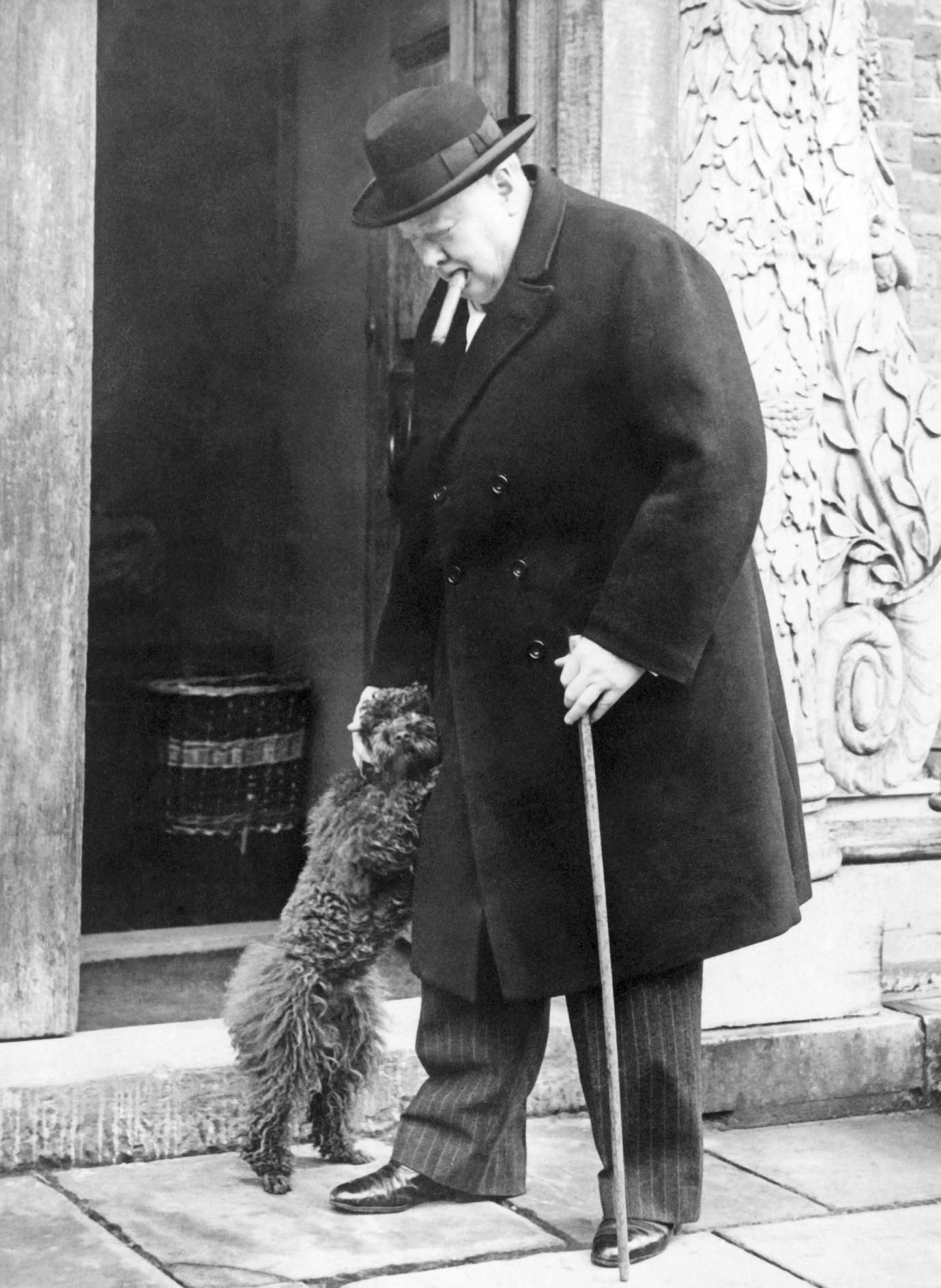
Our ancestors could not have conceived of a world without hats — they were as essential as a pair of trousers to any gentleman — and their supply formed a major industry, centred in Luton, Bedfordshire. In its heyday, the town was home to more than 500 manufacturers. Although many of these specialised in straw hats, every aspect of millinery was represented in Luton and, at one point in the 1930s, it is estimated that more than 70 million hats were produced annually. Naturally, this figure is considerably lower today. According to The Culture Trust Luton, ‘only 10 manufacturers are still active today, but we have a total of 15 companies in town linked to the manufacture of hats — designers, material suppliers, bleaching and dyeing and block making’. The trust may even hold the world’s largest collection of hat-related items, including almost 2,000 items of headwear.
Despite this decline, many traditional manufacturers survive and there are still newcomers appearing on the scene, although they may be somewhat less eccentric than those who came before them. Did you know that Lewis Carroll’s Mad Hatter is based on fact? Mercury, source of countless Victorian neurological disorders, was used in the production of hats and the under-regulated workshops were poorly ventilated, causing many hatters to ‘go mad’.
Additional reporting: Toby Keel
